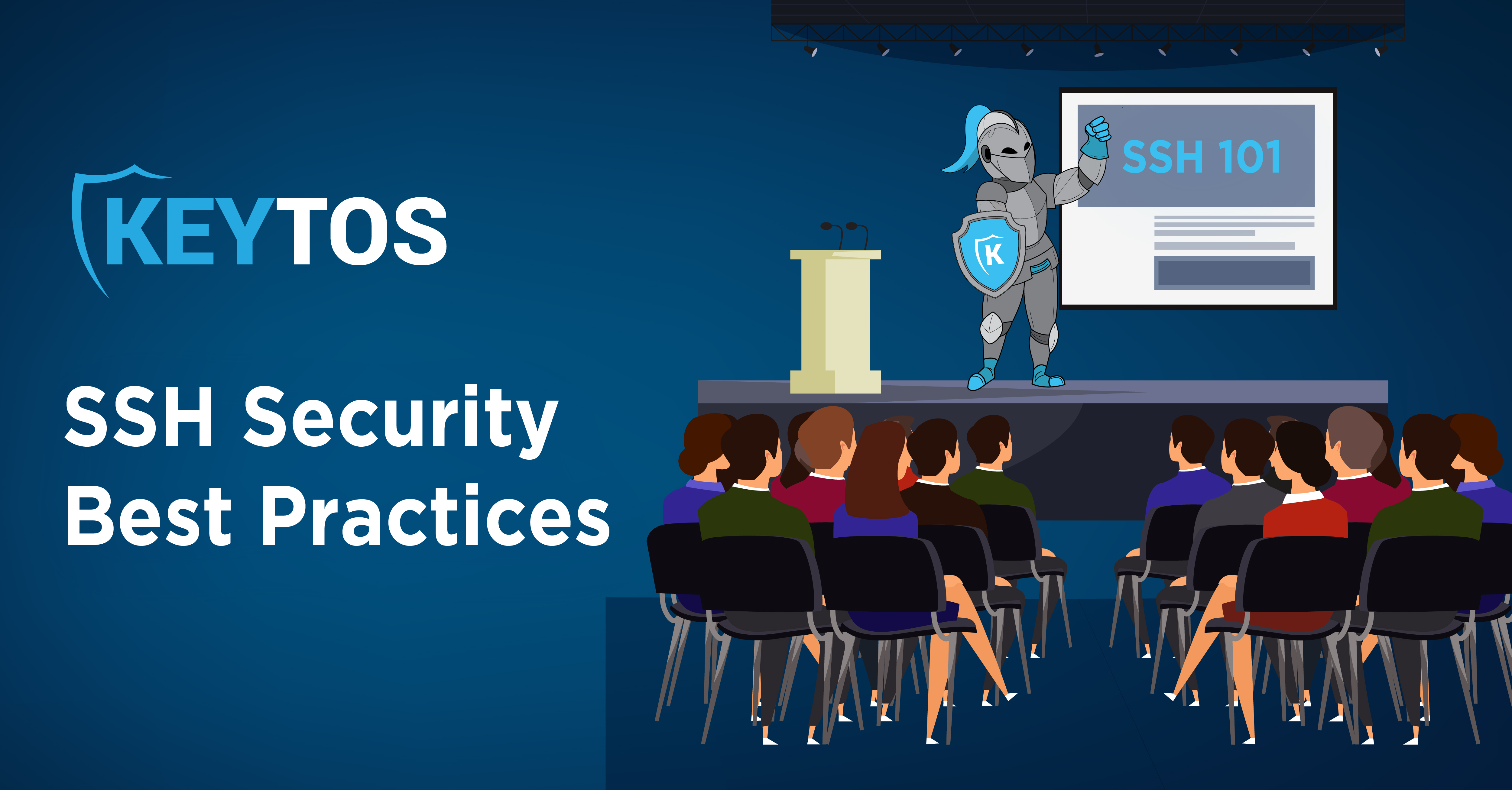Best Free Remote SSH For Raspberry Pi & IoT (2024)
Are you seeking a way to effortlessly manage your Internet of Things (IoT) devices from anywhere in the world, without incurring hefty subscription fees? The ability to remotely and securely access your Raspberry Pi and other IoT devices behind a router, using free tools, is not just a possibility; it's a readily achievable reality. This article delves deep into the realm of free remote SSH solutions for IoT, providing you with the knowledge and strategies to achieve seamless connectivity.
This exploration offers a comprehensive guide, designed to equip both beginners and seasoned users with the expertise needed to configure and utilize remote SSH access effectively. We will navigate the essential concepts, explore the most effective tools, and outline the best practices necessary to safeguard your connections. Whether you're a hobbyist tinkering with smart home devices or a professional managing a network of sensors, the insights presented here will empower you to take control of your IoT ecosystem.
The core of our focus lies in harnessing the power of Secure Shell (SSH) to establish encrypted connections. SSH is a fundamental protocol for remote device management, offering a robust and secure method to access your devices over the internet. This guide will provide a detailed walkthrough of the best free remote SSH solutions for IoT, addressing common challenges and providing practical solutions.
- Alice Rosenblum Unveiling Leaks Onlyfans More Latest Info
- Ellen Pompeos Siblings Meet Her Family Beyond Greys Anatomy
| Category | Details |
|---|---|
| Topic | Remote SSH Solutions for IoT Devices |
| Goal | To provide secure and free remote access to IoT devices, especially Raspberry Pi, behind a router. |
| Key Technologies | SSH, Raspberry Pi, Routers, Android Devices (for some solutions), Dynamic DNS, SSH Clients. |
| Benefits |
|
| Challenges |
|
| Examples of Free Tools |
|
| Security Measures |
|
| Typical Setup Steps |
|
| Reference Website | Raspberry Pi Foundation |
The necessity of remote access is magnified when dealing with devices located in remote locations or behind complex network configurations. Secure Shell (SSH) stands out as a crucial tool, offering a reliable and secure method for remote device management. By enabling SSH on your IoT devices, combined with the use of a Dynamic DNS service, a suitable SSH client, and robust security practices, you can unlock this capability. This empowers you to efficiently manage and monitor your Raspberry Pi and other IoT devices from virtually anywhere, enhancing your control and convenience.
The core of the solution involves several key components. Firstly, SSH must be enabled on your Raspberry Pi and other IoT devices. Secondly, a Dynamic DNS service plays a vital role by providing a consistent hostname, even if your public IP address changes. This is particularly important because home and small business internet connections often receive dynamic IP addresses from their internet service providers (ISPs). Finally, a suitable SSH client available for various platforms including Windows, macOS, and Android is necessary to establish the connection.
This is where we delve into specific tools and strategies. One of the most fundamental components is OpenSSH, typically pre-installed on Raspberry Pi OS. OpenSSH provides the necessary server-side software to accept incoming SSH connections. Youll need to ensure that SSH is enabled in your Raspberry Pis settings. If it isnt enabled by default, it can be readily activated through the Raspberry Pi configuration utility or via the command line.
- Alice Rosenblum News Updates Class Action Lawsuit Latest
- Alice Rosenblum Exclusive Content Leaks What You Need To Know
Then, youll need to tackle the issue of your router. Routers act as the gateway to the internet for your home network, and they have a built-in firewall, designed to protect your internal devices from unwanted external access. To allow incoming SSH connections, you must configure port forwarding on your router. This involves specifying that incoming traffic on port 22 (the default SSH port) should be forwarded to the internal IP address of your Raspberry Pi. The exact steps for doing this vary depending on your router model, but the process usually involves accessing the router's configuration interface through a web browser and navigating to the port forwarding settings.
For those seeking to manage their Raspberry Pi and IoT devices from their Android devices, the good news is that several excellent, free SSH client apps are available. ConnectBot is a popular choice, providing a simple and effective interface for connecting to SSH servers. Other viable options include Termius and JuiceSSH, each offering a range of features and functionalities. The ease of using these apps, coupled with their availability, makes remote access from mobile devices highly convenient.
When considering the best free remote SSH solutions, several contenders emerge. These include utilizing the standard OpenSSH server available on most Linux-based systems (including Raspberry Pi OS), coupled with a Dynamic DNS service like No-IP or DuckDNS. These services update your domain name automatically whenever your public IP address changes, making it easy to connect to your device from anywhere. Another approach involves exploring cloud-based IoT platforms, which may offer integrated SSH functionality as part of their service packages. SocketXP, for example, provides an IoT platform that offers a direct tunnel to your device.
In our exploration of this landscape, we will delve into the top five free remote access tools, focusing on their strengths and their applicability to the needs of the IoT enthusiast. We'll also explore the best methods to achieve secure and free remote SSH access for IoT projects using Raspberry Pi and Android devices. The goal is to ensure that you can manage your smart devices remotely, without having to spend money. This makes them ideal for streamlining IoT projects, especially for beginners or those on a tight budget.
The core of achieving secure remote access lies in SSH. SSH is a robust solution for remote device management, providing a secure channel for communication and control. To use it effectively, you'll need to enable SSH on your IoT devices and configure your network, which typically involves setting up port forwarding on your router. This will allow external connections to reach your device.
Security should always be a priority. Best practices include using strong passwords or, even better, SSH key-based authentication, which is significantly more secure. You should also regularly update your device's software to patch any security vulnerabilities. Additionally, setting up a firewall on your Raspberry Pi can provide an extra layer of protection. Moreover, make sure your SSH client tools, such as PuTTY, are configured correctly. For Android users, the same principles apply, and they can use free SSH client apps to connect securely.
For many, the key to remote access lies in the use of a dynamic DNS service. Because most home internet connections have dynamic IP addresses, a dynamic DNS service ensures that you can always find your device, no matter the IP address. This service provides a hostname that is linked to your current IP address, allowing you to access your Raspberry Pi using a user-friendly domain name instead of remembering a constantly changing IP.
Several free dynamic DNS services are available, each with its own advantages. No-IP and DuckDNS are two popular choices, both offering a straightforward setup process and reliable service. To use a dynamic DNS service, you'll typically need to sign up for an account, download a small client application, and configure your router to work with the service. Once this is set up, your Raspberry Pi will always be accessible through your chosen hostname.
The setup process can be broken down into manageable steps. First, ensure SSH is enabled on your Raspberry Pi. If you are using Raspberry Pi OS, this is often enabled by default, but its always a good idea to check. You can verify this by using the Raspberry Pi configuration tool or by using the command line. The next step involves setting up your dynamic DNS service and configuring your router for port forwarding. Finally, install an SSH client on your accessing device this could be your computer, smartphone, or tablet and use the hostname provided by the dynamic DNS service to connect to your Raspberry Pi.
One of the key advantages of using SSH is the encrypted tunnel it provides. All data transmitted through an SSH connection is encrypted, protecting your data from interception. This makes SSH significantly more secure than unencrypted methods like Telnet. This is critical, particularly if you are transmitting sensitive information or controlling devices over a public network.
The availability of free tools and solutions is a significant benefit. You can set up a robust remote access system without having to pay for commercial software. This is especially beneficial for hobbyists and individuals who are working on IoT projects without a dedicated budget. Furthermore, the widespread availability of guides and tutorials makes it easy to set up your remote SSH access with free tools.
When exploring the options, consider factors such as security, efficiency, and ease of use. Prioritize platforms and tools that offer robust security features, such as SSH key authentication and encryption. Also consider the performance of the solution a responsive remote access experience is crucial for managing your devices efficiently. Finally, the ease of use is important, as it will determine how quickly you can set up and start using the remote access system. The ultimate aim is to unlock the full potential of your Raspberry Pi by enabling secure remote SSH access, and that does not always mean spending money.
This guide will guide you through everything you need to know about the best SSH remote IoT free solutions for Raspberry Pi, showing you the best way to set up remote access. It walks you through the whole process, ensuring you gain the expertise needed to implement this solution effectively.
Another great method is to use a cloud-based IoT platform, such as SocketXP, which streamlines the process even more. This platform provides a direct tunnel to your device, eliminating the need for complex network configurations. Setting up remote access using cloud-based platforms is often more straightforward, since the platform handles much of the underlying network management. This can be particularly beneficial for users who are less familiar with network configuration.
In the end, managing your Raspberry Pi and IoT devices remotely without spending money is achievable. With the right setup, anyone can do it. Remember that this remote access is essential for managing IoT devices, especially those in remote locations. By following the best practices and using the free tools, you can unlock the full potential of your devices, ensuring that you can access and control them from anywhere in the world.



Detail Author:
- Name : Axel Abernathy
- Username : purdy.eleanore
- Email : gregoria53@gmail.com
- Birthdate : 1996-04-19
- Address : 8295 Brody Drive Port Isaiastown, MS 84629
- Phone : +1-916-968-8431
- Company : Welch-Bins
- Job : Travel Agent
- Bio : Libero molestiae esse earum nulla aut a et. Vitae dolorem facilis ducimus ut voluptatum quis consequatur. Est delectus autem inventore eum praesentium ea.
Socials
tiktok:
- url : https://tiktok.com/@karine_xx
- username : karine_xx
- bio : Quisquam odio quo esse reiciendis corrupti nemo id.
- followers : 2976
- following : 2947
facebook:
- url : https://facebook.com/karine6630
- username : karine6630
- bio : Ut aliquid minus ea labore quo.
- followers : 3129
- following : 1408
instagram:
- url : https://instagram.com/karine2513
- username : karine2513
- bio : Error nobis ipsa sint ut cumque totam. Distinctio molestiae cumque aut et. Et aut ex et.
- followers : 1579
- following : 2143
twitter:
- url : https://twitter.com/karinecarter
- username : karinecarter
- bio : Sed temporibus voluptas quo ipsum rerum et. Est consectetur quisquam non numquam quidem.
- followers : 2654
- following : 2609